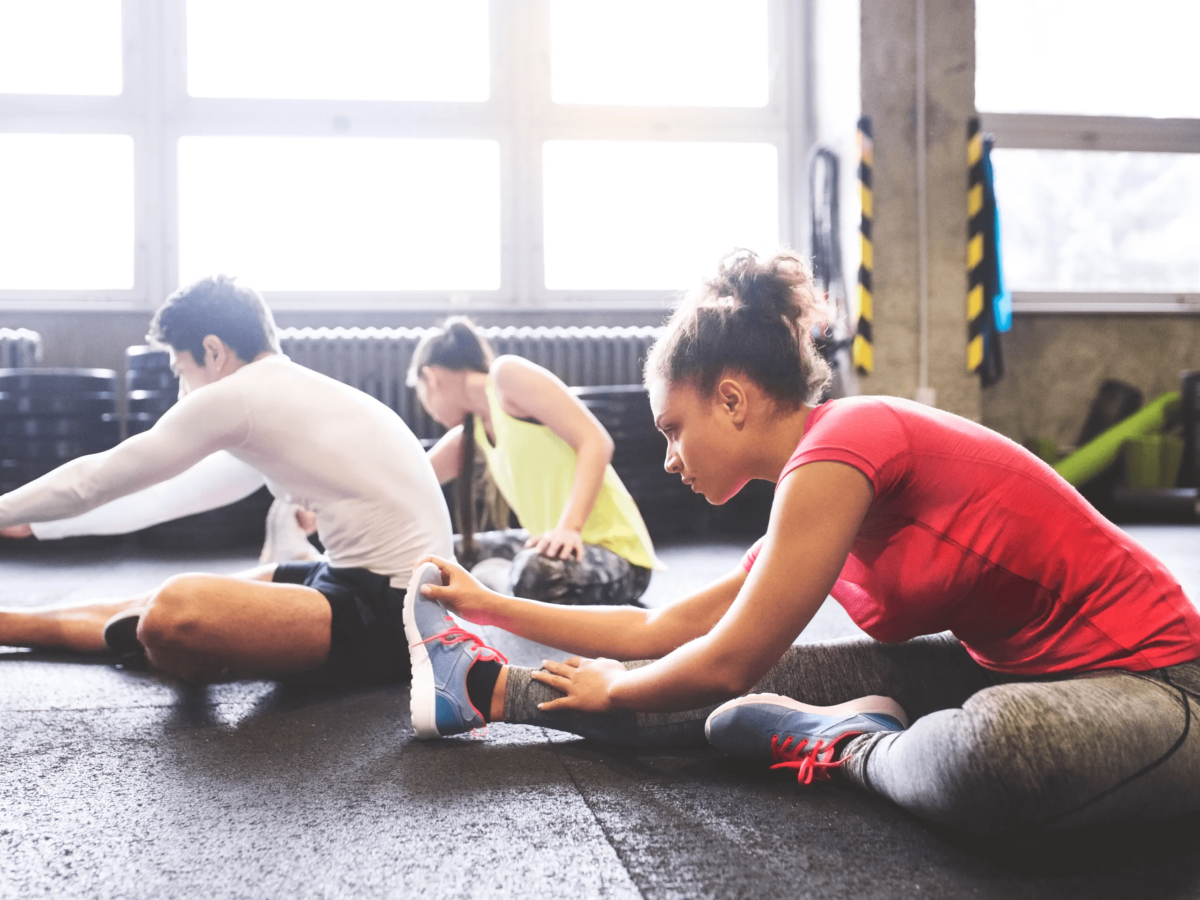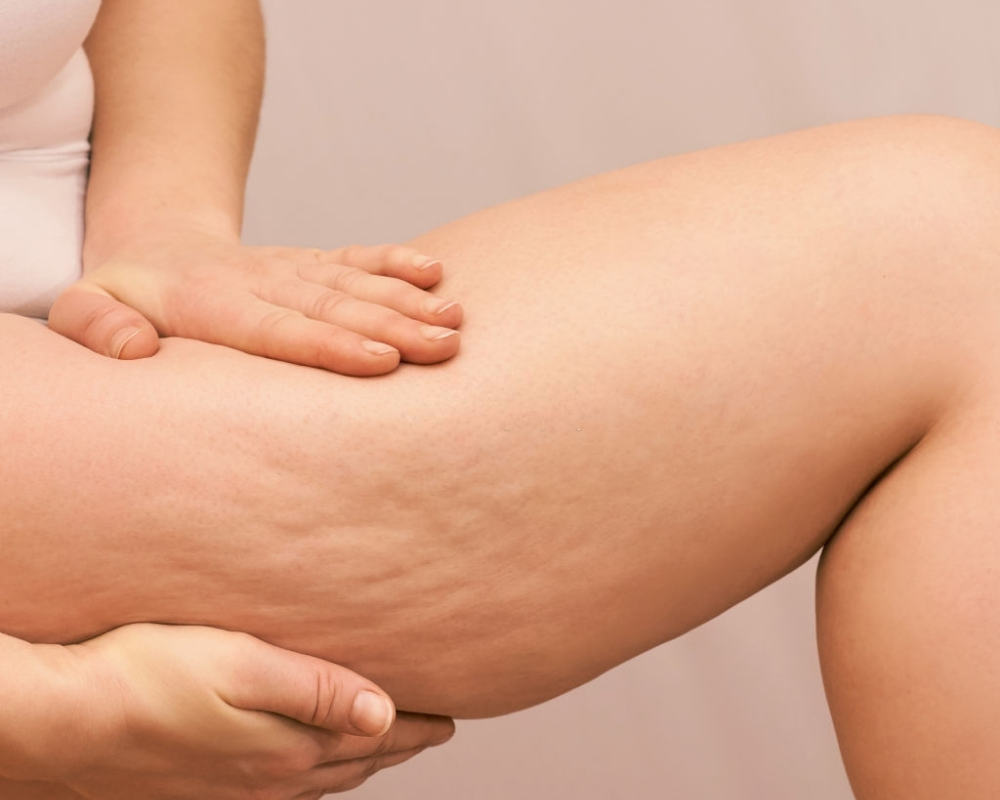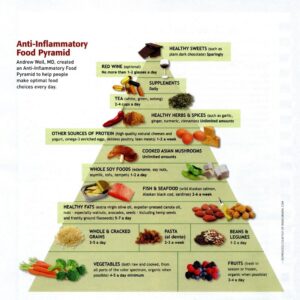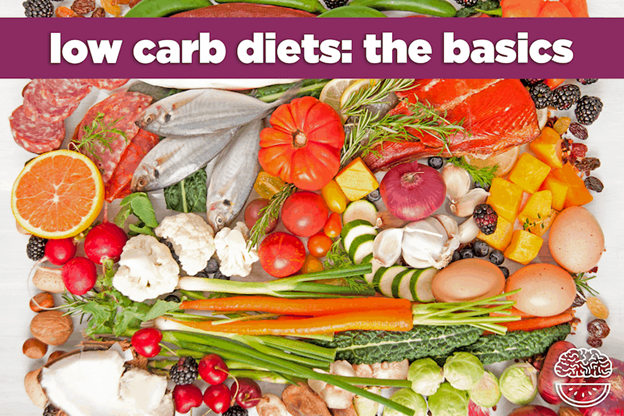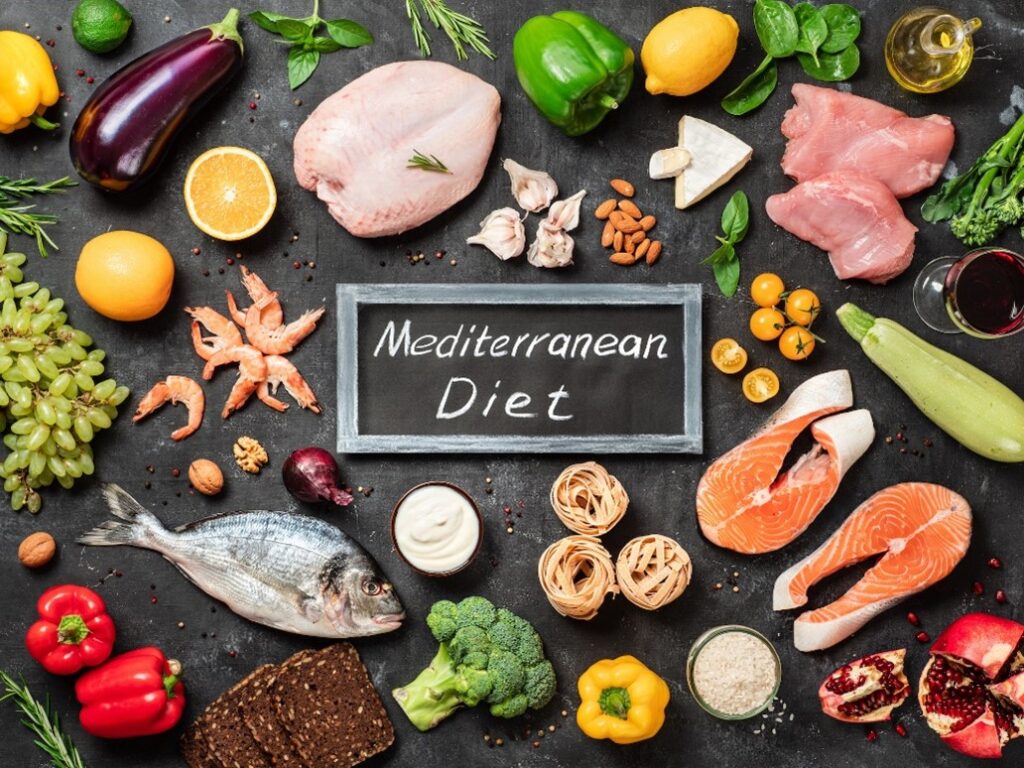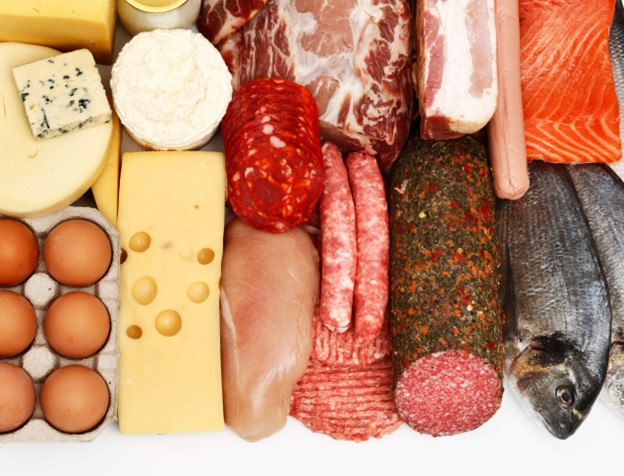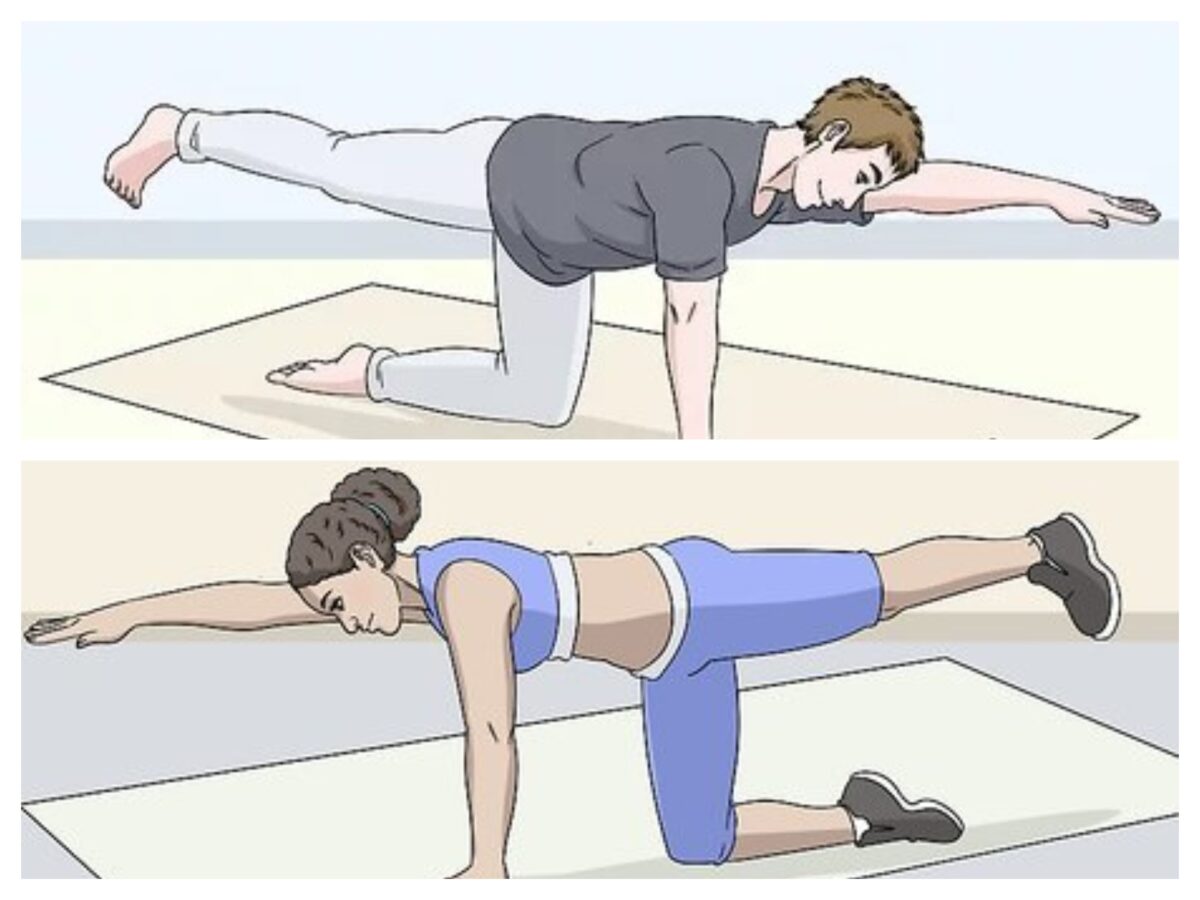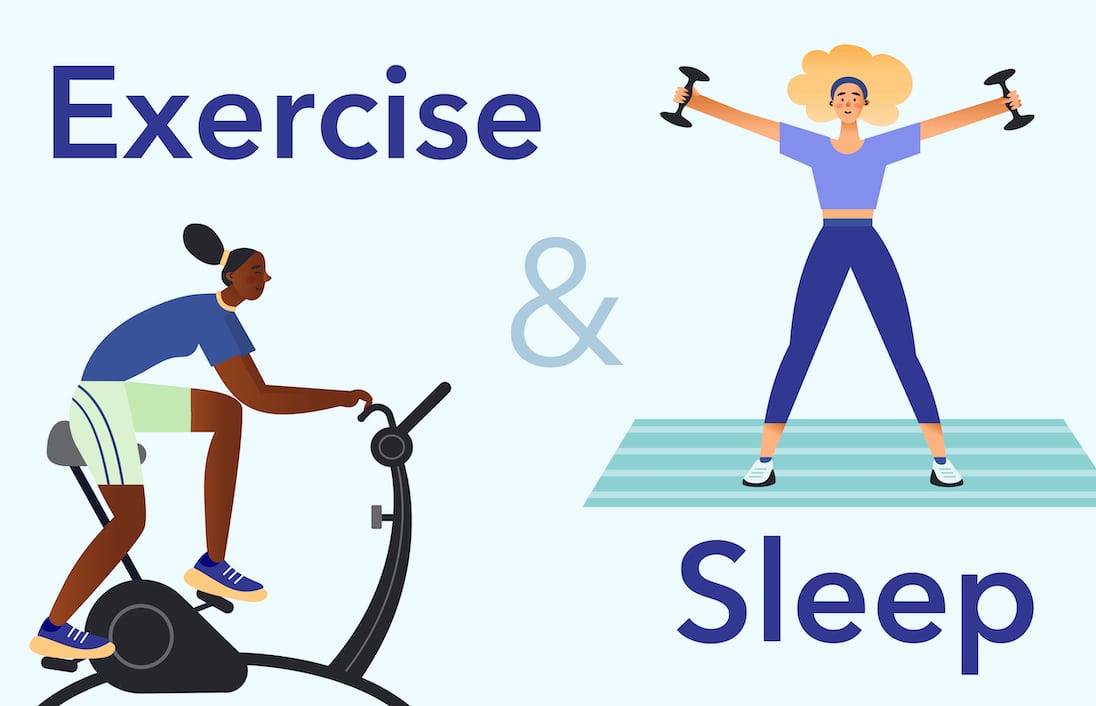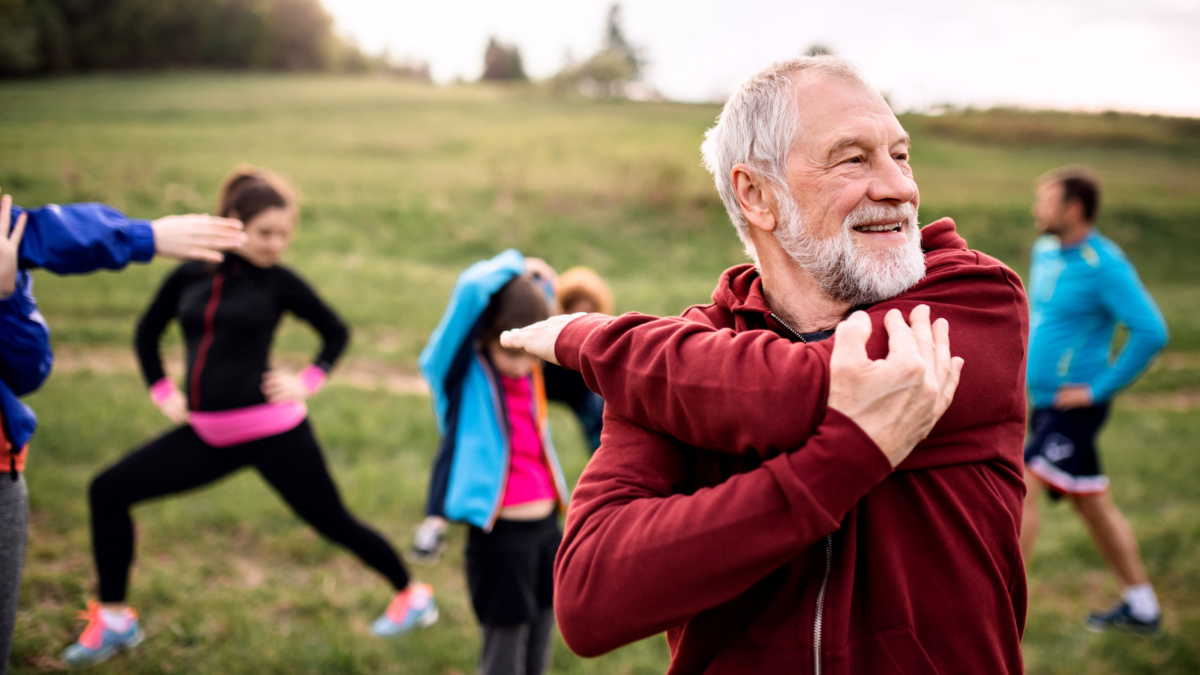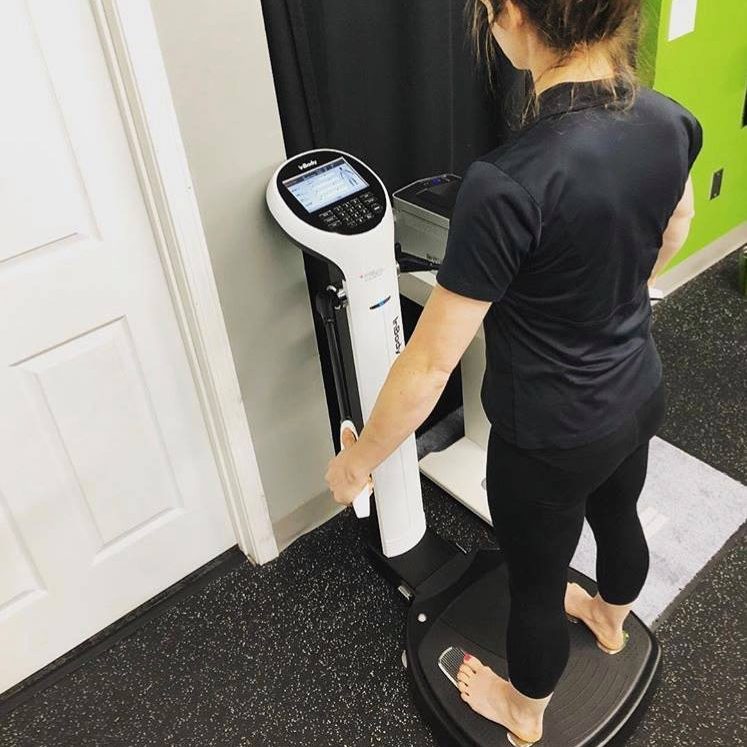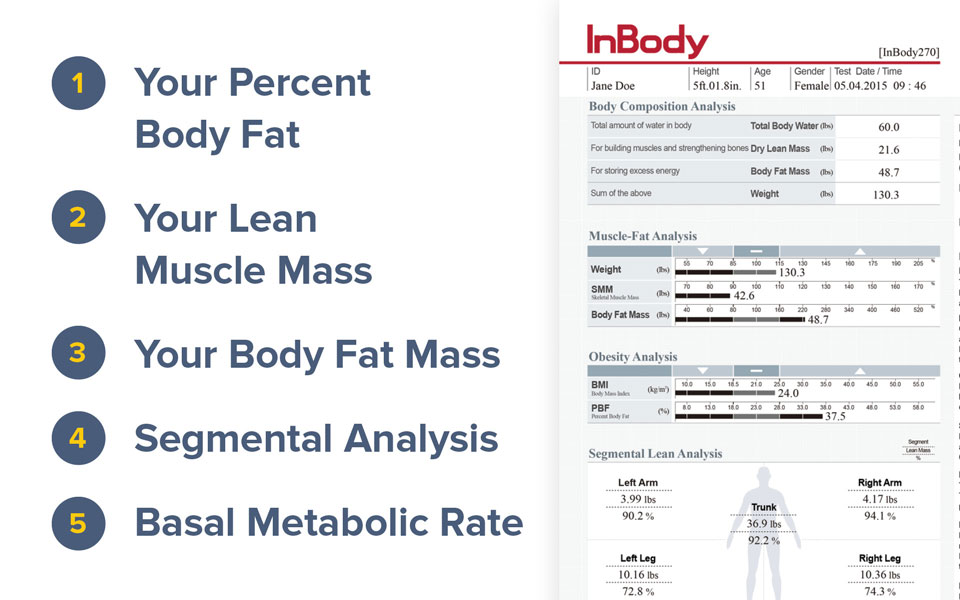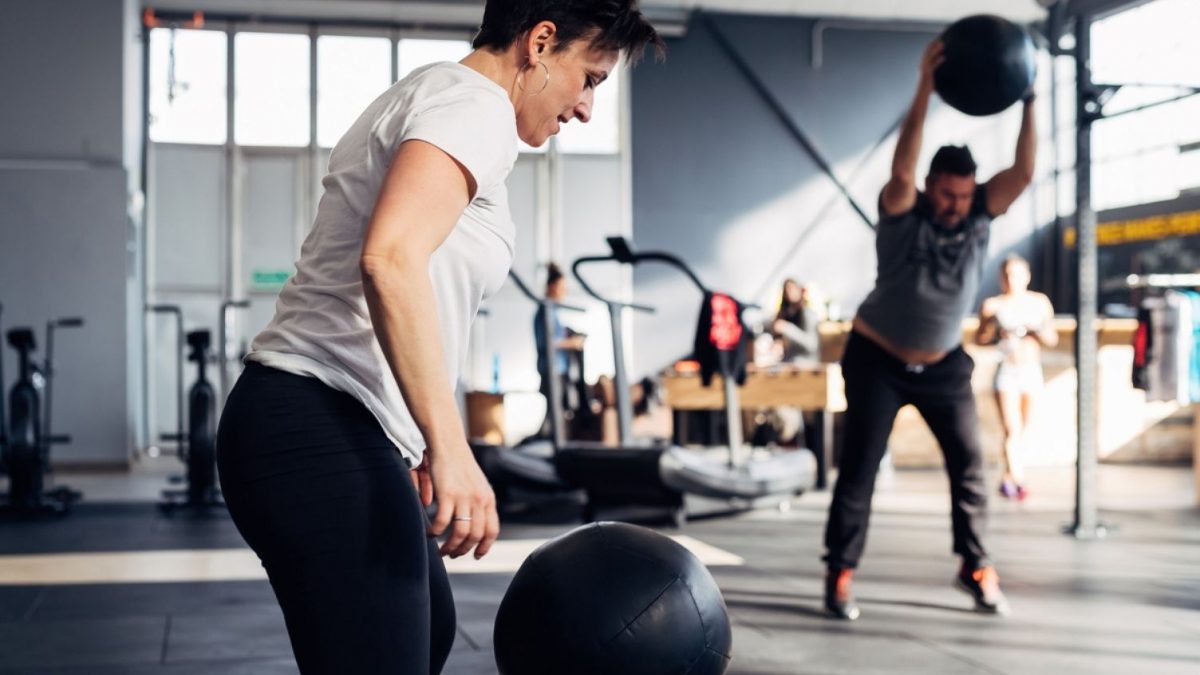You probably that aerobic activity improves cardiovascular endurance or that weight training can build or maintain lean muscle tissue, right?
Well, there is a third and very important element to training that is often much neglected and that is MOBILITY TRAINING!
In general terms flexibility is affected by your genetics, gender, age, body shape and level of physical activity. Unfortunately, as we grow older, we tend to lose mobility and flexibility mostly due to inactivity but also just as part of the ageing process.
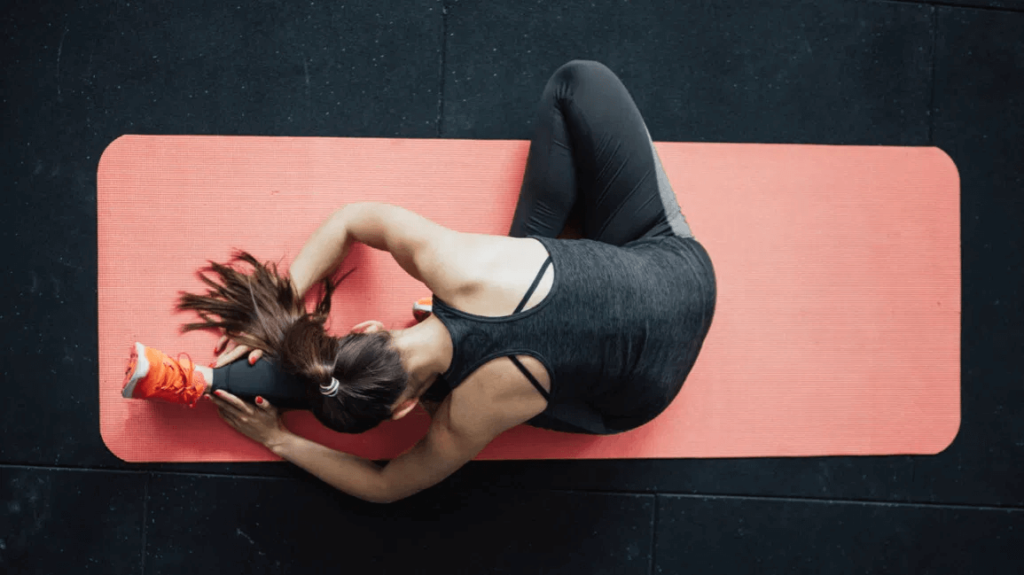
One of the best ways to improve mobility and flexibility is through dynamic and static stretching. We’ll explore the benefits of flexibility and the importance of stretching as part of a fitness routine. We’ll also discuss how to properly perform a dynamic and static stretch and provide some ideas on how to add stretching to a busy schedule.
Benefits of Flexibility:
-
- Improved range of motion: Flexibility helps to improve the range of motion in our joints, allowing us to move more freely and perform physical activities with greater ease.
- Reduced risk of injury: Flexible muscles and joints are less likely to become strained or injured during physical activity, making flexibility an important aspect of injury prevention.
- Improved posture: Flexibility can help to improve posture by allowing our bodies to maintain proper alignment and reduce the risk of muscle imbalances that can contribute to poor posture.
- Reduced muscle soreness: Stretching can help to reduce muscle soreness by increasing blood flow to the muscles and promoting faster recovery after physical activity.
Remember, a dynamic or movement based stretch is appropriate for before a workout, leading to improved performance . whereas static stretching is a post workout recovery tool. Here is how to perform most static stretches to get the most benefit for your time spent.
Static stretching is a type of stretching that involves holding a stretch in a stationary position for a period of time.
-
- Start by selecting a muscle group you want to stretch.
- Get into a comfortable position.
- Slowly and gently move into the stretch until you feel a slight tension in the muscle.
- Hold the stretch for 20 to 30 seconds, being careful not to overstretch. If you feel pain, release the stretch a bit but to a comfortable stretch.
- Release the stretch slowly and gently, taking care not to bounce or jerk.
- Repeat the stretch on the other side if necessary up to 5-10 times per stretch.
Stretching should be an essential part of your fitness routine, but it’s important to do it correctly to avoid injury and maximize its benefits.

Here are some common stretching mistakes to avoid:
-
- Not warming up first: It’s important to warm up your muscles before stretching to reduce the risk of injury. A light cardiovascular activity, such as walking or jogging, can help to get your blood flowing and warm up your muscles.
- Bouncing or jerking: Bouncing or jerking while stretching turns a stretch into what we call a ballistic stretch, which has a higher risk of injury.
- Overstretching: Overstretching can also cause injury, so it’s important to stretch to a point of tension, but not pain. If you feel pain, stop and release some tension to get back into a comfortable stretch.
- Holding your breath: Holding your breath while stretching reduces the effectiveness of the movement, Instead, breathe deeply and slowly through your nose.
- Focusing on one muscle group: While it’s important to stretch specific muscle groups, it’s also important to stretch your entire body. Neglecting certain muscle groups can lead to muscle imbalances and increase the risk of injury.
- Skipping stretching altogether: Many people skip stretching in their fitness routines because they think it’s not necessary or they don’t have enough time. However, stretching is an essential part of fitness and can help to reduce the risk of injury and improve flexibility. Even a few minutes of stretching each day can make a big difference.
“What about my schedule?”
Here are some ideas:
-
- Try some simple stretches in bed in the morning before getting out of bed, gently point your toes and reach your arms above your head.
- Try directly after a hot shower or while soaking in the hot tub.
- Stretch while watching TV or listening to a podcast.
- Stretch while waiting for your coffee to brew.
- Take a quick stretch breaks during your workday, such as standing up and stretching for a few minutes every hour.
- Incorporate stretching into your warm-up and cool-down routines before and after physical activity.
- Get serious and try out a formal stretching class like Yoga or Tai Chi.
Ideally aim for at least 30 minutes, three times a week or 5 minutes of all the little stretches spread through your day. Your muscled will thank you!

